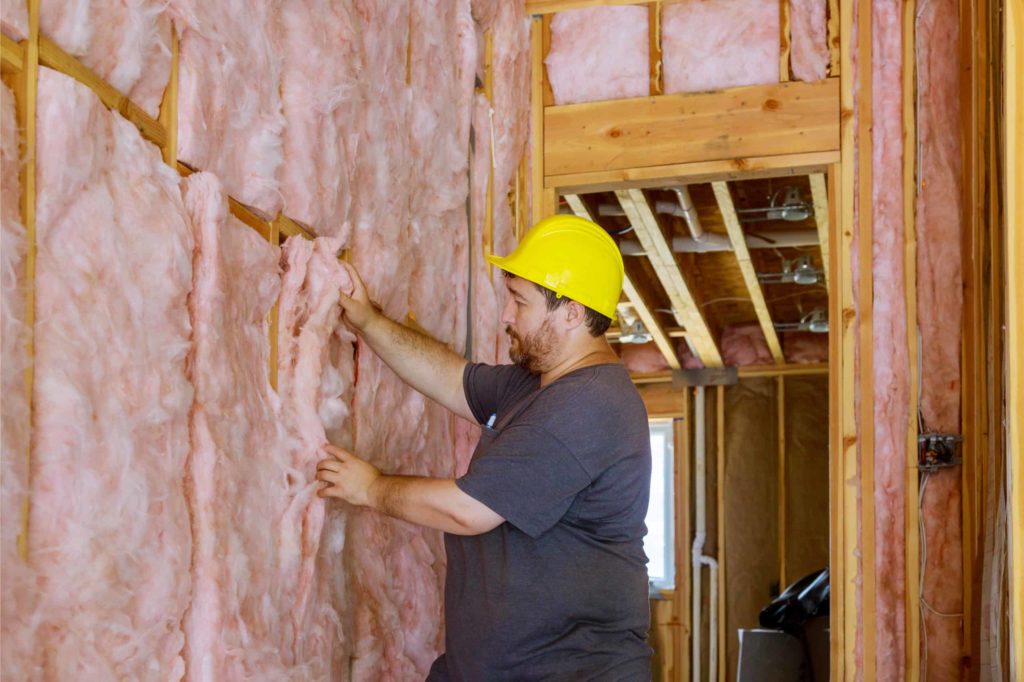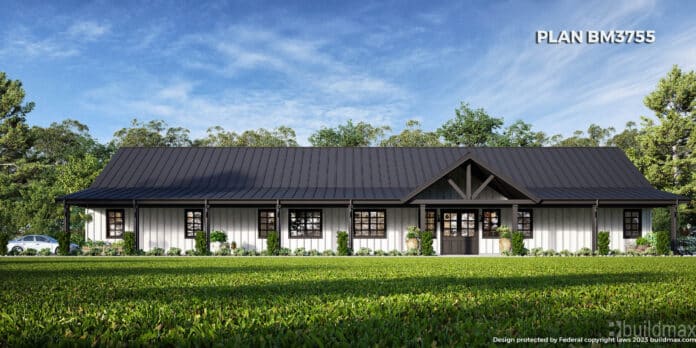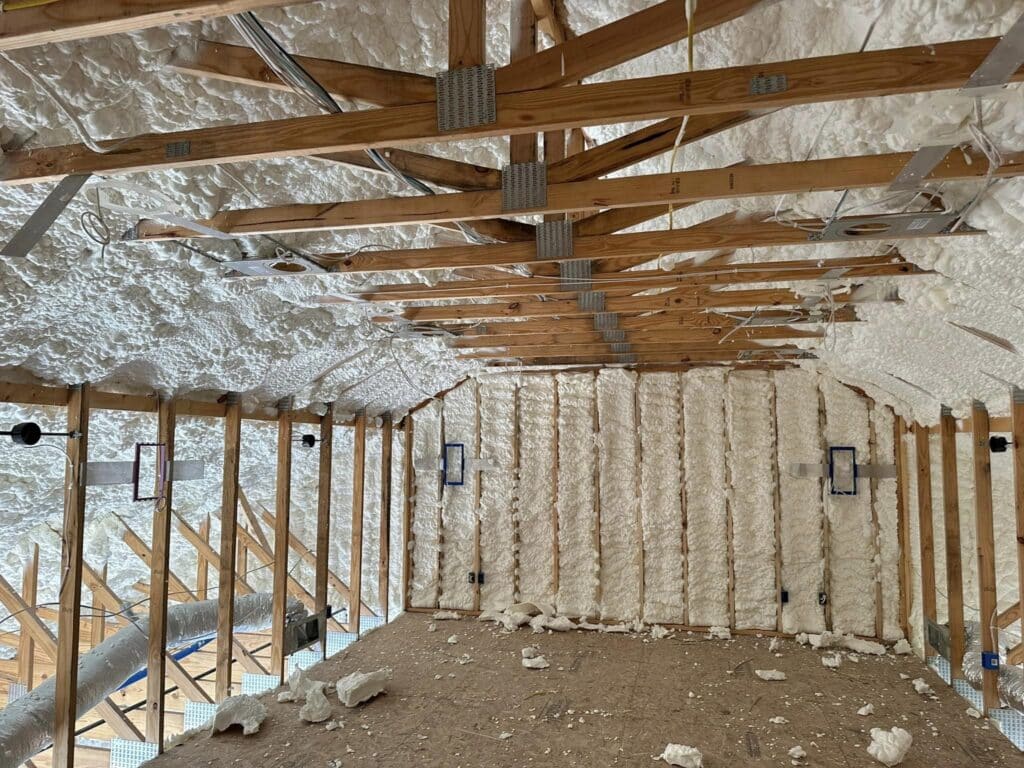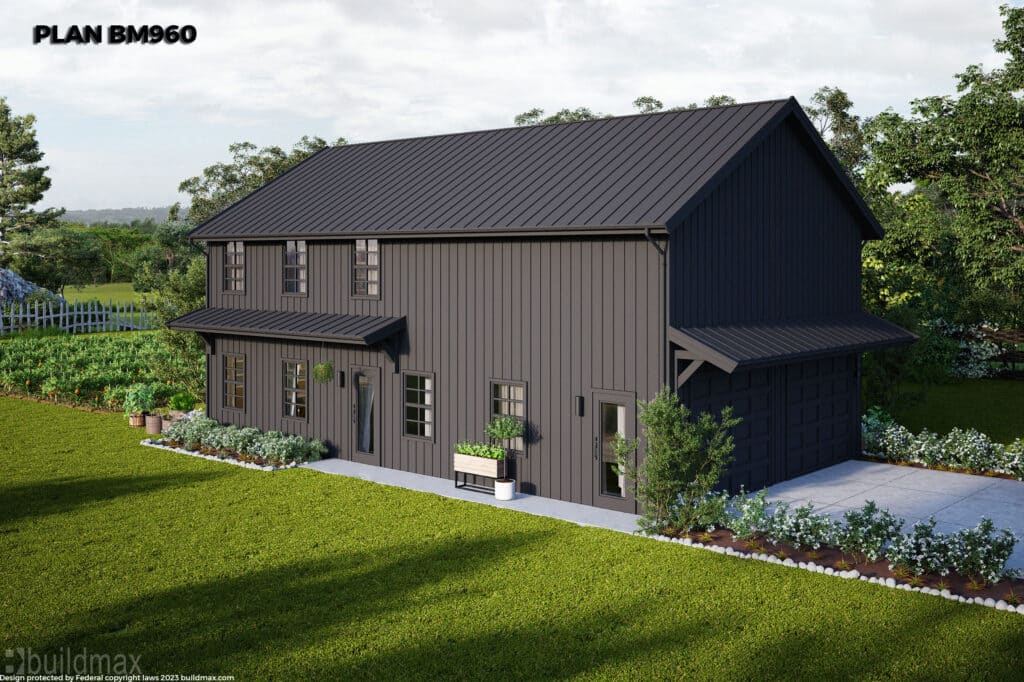Insulation Strategies for Steel Frame Barndominiums
The soaring ceilings and expansive spaces that lend barndominiums their characteristic charm can also make insulating these steel skeletal structures an uphill challenge. While wood-framed buildings readily accommodate traditional fiberglass batt installation between stud walls, the wide open framing of most barndominium interiors demands a more strategic approach.

Fortunately, by combining rigid foam board insulation with innovative spray foam products, steel-framed barndo dwellers can create a fully enveloped thermal barrier customized to their unique space. This locks in conditioning for maximum energy efficiency while allowing the structure’s interior finishes to provide that signature rustic aesthetic.
Getting Started: Sealing The Building Envelope
The first step with any insulation strategy focuses on fully sealing the building envelope – the floors, walls and ceilings separating interior from outdoor temperatures. Air leaks through gaps or cracks can sabotage insulation performance and should be thoroughly caulked and foam-filled during framing. Windows and doors will also need proper weatherproofing and flashing to minimize infiltration.
Framing Cavity Insulation Techniques
For barndominium wall stud cavities, fiberglass batts remain a cost-effective insulation layer. Place unfaced batts snugly between studs, stapling flanges lightly in place if needed. Cover with interior wall surface finishes.
In ceiling rafter bays, wider spacing may preclude snugly-fit batts. Alternatively, spray polyurethane foams (SPF) effectively insulate these channels at about double the cost. These foams expand on contact then cure to durable rigid insulation. Where budget allows, 2-inch minimum foam thickness is recommended for rafters and exterior walls.
Below are 5 ways to insulate a metal home:
1. Spray Foam Insulation – Spray polyurethane foam (SPF) is one of the most effective insulators for metal frames. It’s applied as a liquid that expands to fill cracks and spaces, creating a seamless air barrier that traps heat or cooling. Closed-cell SPF provides the highest R-value (insulation rating).
2. Rigid Foam Sheathing – Applying rigid foam boards to the exterior under the siding is great for boosting R-values and providing continuous insulation unbroken by framing. Common types are EPS, XPS or polyiso sheets. Careful sealing is essential.
3. Fiberglass Batts – Framing cavities between steel studs in walls and ceilings can be filled with unfaced fiberglass or mineral wool batt insulation. Use friction-fit batt widths or secure lightly with staples if spaces are uneven.
4. Spray Fiber Insulation – Blown-in fiberglass, cellulose or mineral wool sprayed into the building cavities also works well for metal framing. Achieving complete fill can be easier than batting.
5. Insulating Concrete Forms (ICFs) – ICF wall systems (polystyrene blocks stacked then filled with concrete) provide excellent thermal resistance for monolithic metal building walls.
Proper air sealing and vapor barriers are vital with any insulation to limit moisture issues and maximize performance. Combining methods like SPF and rigid foam sheets increases overall R-values. With the right insulation strategy, thermal comfort can be achieved in any custom metal home. No matter which cavity insulation used, adding a continuous external layer of rigid foam over walls and roofs provides vital vapor control and added insulation rating (measured in R-value). Foam boards rated at R-10 or higher suit most barndos. After installing boards over exterior walls and roof decking, tape seams with special sheathing tape before finishing siding or roofing.
In summary, a “thermal sandwich” strategy combining air sealing, cavity batting/foam, and continuous rigid sheathing allows steel-framed barndos to maximize insulation R-values and energy savings. This keeps interiors comfortably conditioned against harsh weather while retaining the agricultural essence true barndominium aficionados demand. With a well-planned approach, even spacious steel barndos can provide supremely livable environments in any climate zone.














